2
2879
Updated on:
August 9, 2023
Advanced SEO course - Seven Boats Academy is offering an advanced SEO course that provides an in-depth look into the world of search engine optimization. Their comprehensive curriculum covers every aspect of SEO, from researching and analyzing keywords to developing content strategies & implementing successful SEO campaigns. Participants will also learn about local search optimization techniques as well as how to monitor their website’s performance on major search engines. Experienced instructors will walk participants through real-life scenarios so they can apply the knowledge they gained during the course in the working world. With the help of this advanced SEO course, individuals can become experts in the field, unlocking new opportunities for their business or career.
23 hours, 57 minutes
50
12 Months
Mode of Training: Live Instructor-led Online Classes in India & Worldwide locations / Online Self Paced Video Walk-through modules & class recordings (India & International locations) / On-site Corporate Training / Online and Classroom training in Kolkata, India.
Download Our Brochure
Are you looking for an advanced SEO course that can help you enhance your digital marketing campaigns? Seven Boats Academy’s Advanced SEO Course is designed to help you master the art of SEO and discover the latest techniques and strategies to boost your website’s visibility and ranking. Our comprehensive course is designed to help you understand the fundamentals of SEO, develop an effective SEO strategy, & analyse and optimize your website’s content.
Our advanced SEO course covers topics such as keyword research, link building, content optimization, and SEO audit. You will learn how to identify and target the most relevant keywords to your website, create an effective link building strategy, develop content that will help boost your website’s visibility, and optimize your website for search engine rankings. We also cover topics on competitive analysis, analytics, and reporting, ensuring you know how to track and measure the success of your SEO campaigns.
Once the student develops the basic understanding of search engine optimization, we introduce them to the advanced level of SEO functionalities. By the time students have already gained a deep understanding of SEO concept & Fundamentals, Keyword Research, using audit tools, identifying proper format of using description, title, alt tags, Keyword Proximity, Keyword consistency, Keyword Density, internal, External Link etc.
This chapter deals with more advanced SEO topics. So to start with, the topics that would be covered are search snippet. The necessity of rich snippet & structured data. Another important aspect that is covered in this chapter is the correct process of using Robots.txt/ Meta Robot tag. & sitemap. So by this time a student has understood the way in which an SEO professional should think & execute the process.
Now the next crucial things that is covered in this portion of chapter would be 301 redirect & canonical, Open Graph, Google Local & Local SEO. To further proceed with the RSS Feed, Page Cache & Mobile Responsiveness, 404 Broken Checker, Boiler Plate Content are explained to develop even more detailed knowledge on this subject. In this present scenario, the popularity of Ecommerce sites have reached new height.
So Ecommerce SEO is also a very relevant topic. So now as a student have understood the overall concept, so it is very important to make them aware about the SEO Do & Don’t (Whitehat vs Blackhat), SEO Glossary. So these are the things with are mostly covered under the Advanced SEO segment of the Digital Marketing Training. This portion has huge significance in the overall Digital Marketing Operation.
So to sum up , the main points that are covered under this chapter are:-
- Search Snippet, Rich Snippet & structured data.
- Robots.txt/ Meta Robot tag. & sitemap.
- SEO Audit & tools
- 301 redirect & canonical
- Ecommerce SEO.
- SEO Do & Don’t (Whitehat vs Blackhat)
So basic benefits of learning SEO:-
- Now you are all set to work as an SEO Professional
- Now you can Execute tests, identify trends and insights & make proper competitor analysis.
- You can optimize the home page, landing pages from SEO perspective
- Make proper link building strategy
- You can easily Recommend changes on layout, content,links etc to optimize the website.
Our advanced SEO course is ideal for digital marketing professionals, SEO specialists, content writers, and website owners who want to stay competitive in their field. With the help of our experienced instructors, you will gain the skills and knowledge to become an SEO expert. Our course is designed to help you understand the latest SEO trends and best practices and create successful SEO campaigns that will drive more organic traffic to your website. With the help of our advanced SEO course, you can get the competitive edge you need to succeed in the digital marketing world.
Course Curriculum
-
- SEO 00:15:00
- How Search Engines read a website? 00:25:00
- Latent Semantic Indexing 00:20:00
- Anatomy of a SERP 00:40:00
- Google Ranking Factors 01:30:00
- Keyword Research 00:45:00
- Competition Analysis 00:35:00
- On-page SEO Factors 00:45:00
-
- SEO Title Tags 00:15:00
- Meta Description 00:15:00
- Meta Keywords 00:15:00
- SEO Permalink Structure 00:15:00
- Breadcrumbs & SILO Content Structure 00:30:00
- Heading Tags – H1, H2, H3, H4, H5, H6 00:10:00
- Image ALT Tags 00:15:00
- Keyword Proximity 00:15:00
- Keyword Density & Consistency 00:25:00
- SEO Content writing style 00:10:00
- Contextual Internal & External Links 00:25:00
- On-page SEO for a Self-Hosted WordPress Web page 00:35:00
- How to write SEO meta tags for non wordpress websites (HTML/PHP) 00:10:00
- 301 Permanent Redirect and Canonical Tags 00:30:00
- Sitemap 00:20:00
- Robots.txt and Meta Robot 00:25:00
- Text to HTML Ratio 00:15:00
- Geo Tagging FREE 00:10:00
- 404-Error – Broken Links 00:15:00
- Page Caching & Page Speed 00:15:00
- RSS Feed 00:20:00
- Open Graph 00:15:00
- Rich Snippets 00:20:00
- Mobile Responsiveness 00:07:00
- Boilerplate Content & Cornerstone content 00:10:00
- Various SEO Audit Tools 00:30:00
- SEO Glossary 00:30:00
- Google Webmaster Tools (GWT) or Search Console 01:30:00
- SEO Exam 00:45:00
Course Reviews
4.5
- 5 stars2
- 4 stars1
- 3 stars0
- 2 stars0
- 1 stars0
Seven Boats Academy - Premier Digital Marketing Institute in India
Seven Boats Academy is one of the best digital marketing training institutes in Kolkata, India. It offers advanced digital marketing courses in online, classroom or self-paced mode. The academy has experienced and industry renowned trainers who make it affordable for students, freshers, job seekers, working professionals, housewives, freelancers and business entrepreneurs. The curriculum is in-depth and regularly updated to offer a customized learning path based training. The course includes practical live projects and on-job internship which makes it an ideal choice for 100% placement. Seven Boats Academy has been imparting quality education since 2011 and continues to be one of the most sought after training institutes in Kolkata, India. Learn & master digital marketing, SEO, Social Media Marketing, Google Ads, Facebook Marketing, YouTube Marketing, Instagram Marketing, LinkedIn Marketing, Web Analytics, Marketing Automation, WordPress, cPanel & more from Seven Boats and boost your career, startup or business. Join Seven Boats Academy today – India’s premier digital marketing institute and agency.
Our Alumni Working At
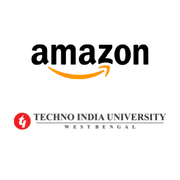

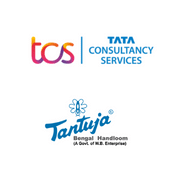
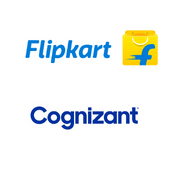
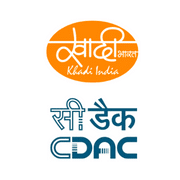
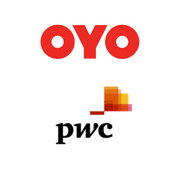
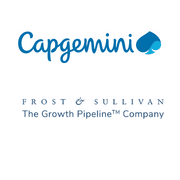
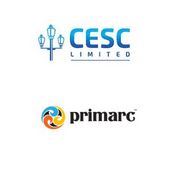
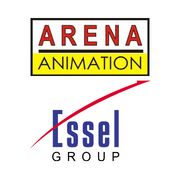
FAQs
We recommend you to have a 4G Connection with a monthly bandwidth of 5-10 GB. Compatible with Windows XP, Win 7, Win 8, Win 10, iOS 10, Mac OS, Ubuntu 14 & latest Chrome, Mozilla Firefox & Safari. Compatible with all type of desktop or mobile or tabs. We have Android mobile app also you can get on Google Play.
Yes this course covers full training modules and full-length class recordings with practical walkthrough & screen sharing in proper sequence.
This course is not any upselling course unlike other institutes who use low cost pre-recorded short/partial/basic webinars (30-45 mins) as a lead magnet and then compel you for their premium courses.
Our course is a full-fledged premium classroom recordings with in-depth & high quality subject matters that our expert trainers teach in classroom. The only difference is you will not get live trainer support/Mentoring/Hand-holding, Internship & placement support here. It’s self-paced online video recoding course.
If you are self motivated, serious to learn and want to upgrade your skill & career, this will be the best investment on yourself.
This self-paced online course is real full-length classroom recordings with video walk-through practicals by our expert trainers. In self-paced course you will not get priority support such as 1:1 live trainer support except email/chat, you will not get 1:1 doubt clearing sessions or internship or placement support or customized course content support or mentoring support or hand-holding assistance.
But you will get same value in terms of quality of the training materials that will 100% boost your knowledge & skill. The only difference is in live-trainer led classes, you will have specific schedule of classes, you can directly interact with the trainers in class, can ask your questions, can clear your doubts instantly and also while in internship, you can get your direct feedback about your assignments and get constant guidance & hand holding from mentors specific to your need. You will also get 100% placement assistance, entrepreneurial support & priority support even after completion of course in live trainer led courses.
Our courses are mostly conducted in a mix of English, Hindi & Bengali languages. In case, you don’t understand any specific language used in a unit/module, we have backup class recordings in English. You can request us and we will provide that to you.
Yes, you will get replacement unit/module in English from our extensive class recordings library.
Yes. We have central repository of all our up-to-date class recordings with latest running batches. You will get the latest class recordings in case trainers decide the content to be updated or if that’s not yet been updated on our learning management system or upon receiving valid request from user. Our team regularly updates the class content on our LMS
This self-paced course does not provide any placement support. All our live-trainer led courses have 100% placement assistance. You can upgrade to our online or offline trainer-led courses depending on your requirement.
In this self-paced course, you can ask questions, comment or submit assignments in the LMS (Learning Management System) under each unit/module or you can email us your questions. You’ll get email reply from our trainers as per their convenience. Phone Call/Chat/GMeet Live support with trainers are not included in this self-paced course.
You have to upgrade to our live trainer-led courses for that privilege to get or you can book a trainer on hourly basis as per your requirement.
Yes, you will get Seven Boats Alumni status for self-paced premium / paid digital marketing courses and also you will get accomplishment certificate (PDF e-Certificate with Cert. number) after successful completion of the course. You can proudly showcase this e-certificate under licenses & Certifications on LinkedIn or on other social media profiles.
We usually don’t encourage to provide certification if you fail in the exam. In case of technical fault or genuine reason, upon request our admin team can discretionally reset your exam and you can retake the exam.
Once you purchase a course, the course duration timer will work as per specified timeline mentioned in the course. Once the course duration is over, you have to pay / purchase the course again to get access.
Yes. We have full-length Free SEO Certification Course, Free Digital Marketing Certification Course, Free Digital Entrepreneurship Course & Free Online Demo Course.
Further you can upgrade to our premium self-paced online course or live instructor-led courses.
Yes, We provide certification in our Free SEO course, Free Digital Marketing Course and Free Digital Entrepreneurship Course. You will get PDF e-Certificate on successful completion of the course and associated exams.
Further you can opt in for our premium self-paced online courses or live trainer-led courses.
Seven Boats has been invited / felicitated by
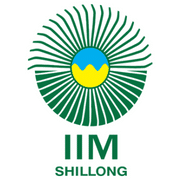
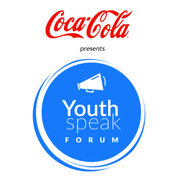
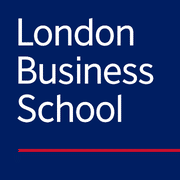
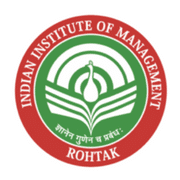
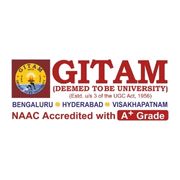
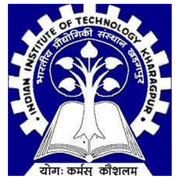
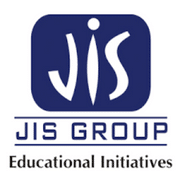
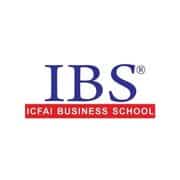
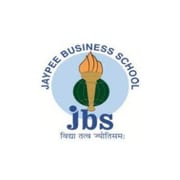
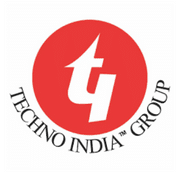
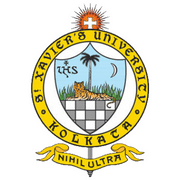
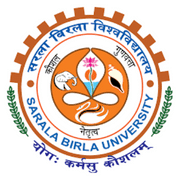
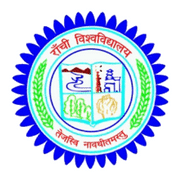
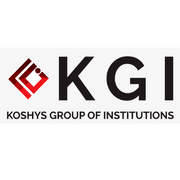
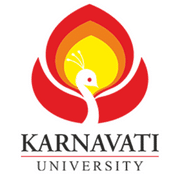
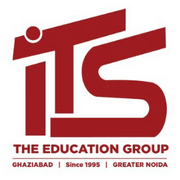
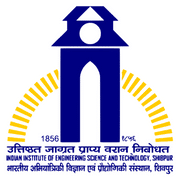
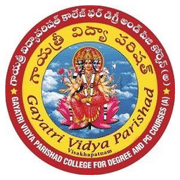
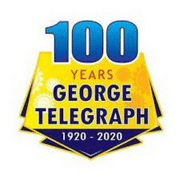
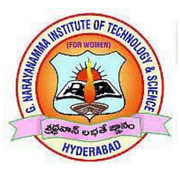
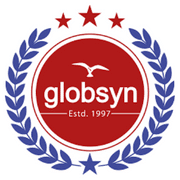
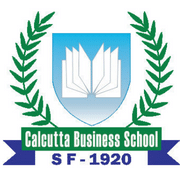
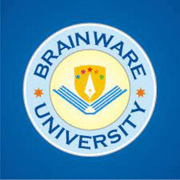
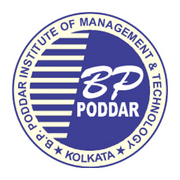
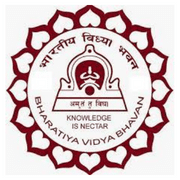


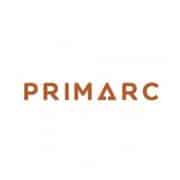
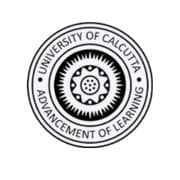
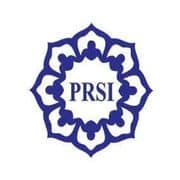
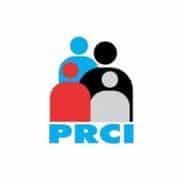
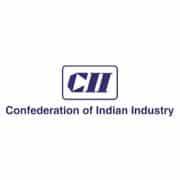
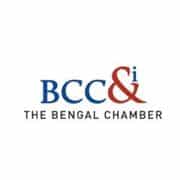


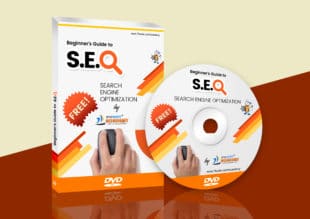





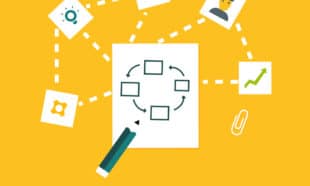
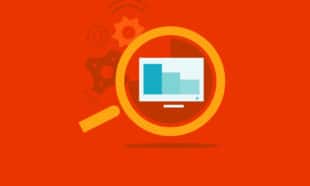


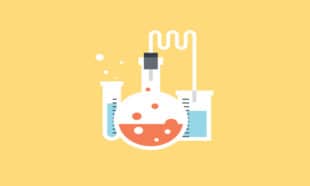



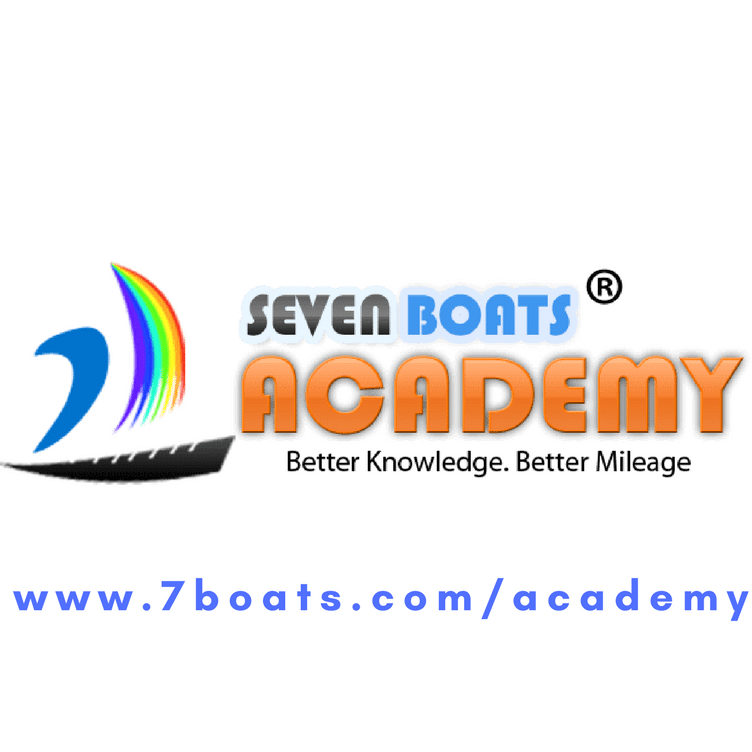
The instructor was very keen on hearing student questions.
Mind blowing course…!!
Nice Course Ciriculum